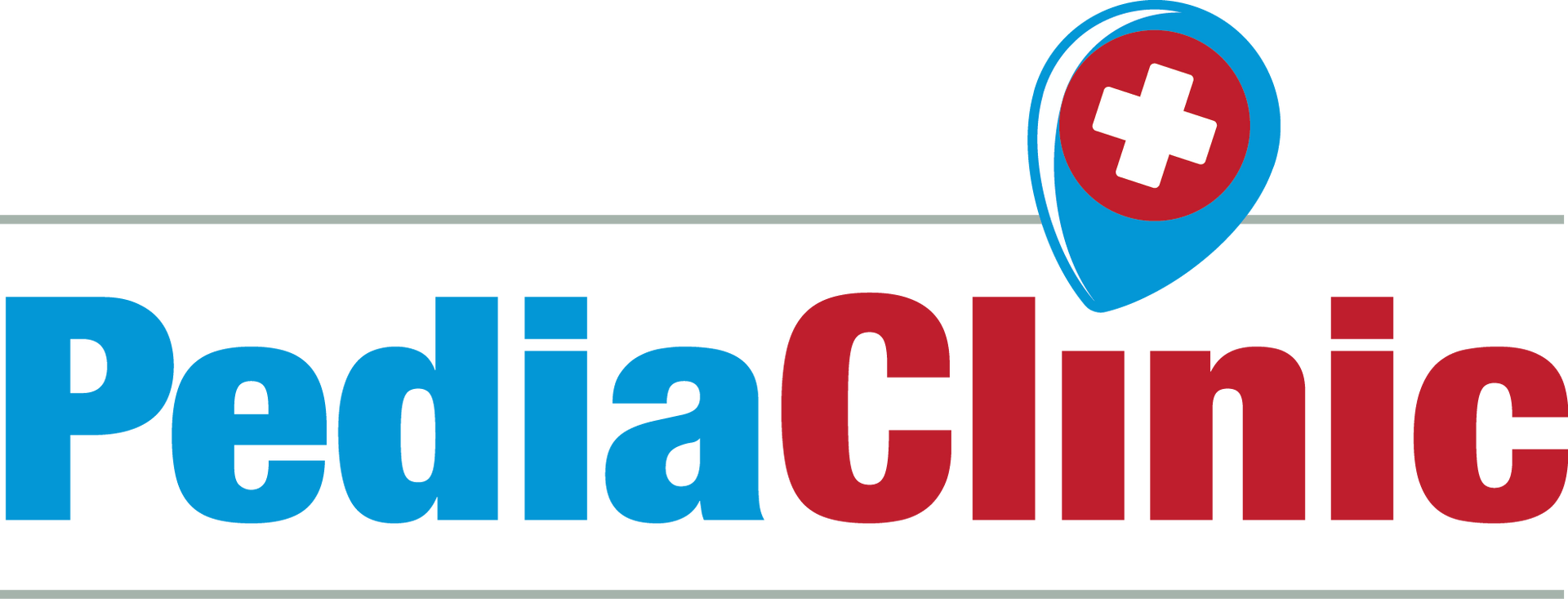Dizziness - From Dehydration
Definition
- Dizziness is a sensation of light-headedness or feeling faint
Call or Return If
- After 2 hours of rest and fluids, still feels dizzy
- Your child passes out (faints)
- You think your child needs to be seen
- Your child becomes worse
About This Topic
Symptoms
- Feeling dizzy or light headed
- Feeling unsteady with slight loss of balance
- Feeling "woozy" or the not thinking clearly
- May also have brief blurring of vision
Cause
- Dizziness is usually due to reduced blood flow to the brain. Mild dehydration is a common cause of dizziness. This means that the body has lost too much fluid. Common causes of this are:
- Not drinking enough fluids.
- Too much sun or working in the heat. Reason: increased sweating.
- Sports or hard work. Reason: Causes sweating and fluid loss.
Dizziness Scale
- Mild: walks normal
- Moderate: interferes with normal activities such as playing, school or sports
- Severe: can't stand, needs support to walk, feels like passing out now
After Care Advice
Overview:
- Not drinking enough fluids and being a little dehydrated probably caused the dizziness.
- It should go away with drinking fluids and resting in a cool place.
- This is always made worse during hot weather. Too much sun exposure can also increase the body's need for fluid.
- Here is some care advice that should help.
Fluids:
- Drink several glasses of fruit juice, other clear fluids or water.
- This will improve your child's fluid status and blood sugar.
- If the weather is hot, make sure the fluids are cold.
Cool Off:
- If the weather is hot, use a cold pack or washcloth to the forehead.
- Taking a cool shower or bath will help even more.
Rest:
- Lie down with feet up for 1 hour.
- Reason: This will increase blood flow to the brain.
Prevention:
- Extra water and salty foods during sports or hot weather
- Regular mealtimes and snacks
- Enough sleep and rest
What to Expect:
- With treatment, the dizziness usually goes away in 1 to 2 hours.
Author: Barton Schmitt MD, FAAP Copyright
Disclaimer: This health information is for educational purposes only. You the reader assume full responsibility for how you choose to use it.
Article 2496
